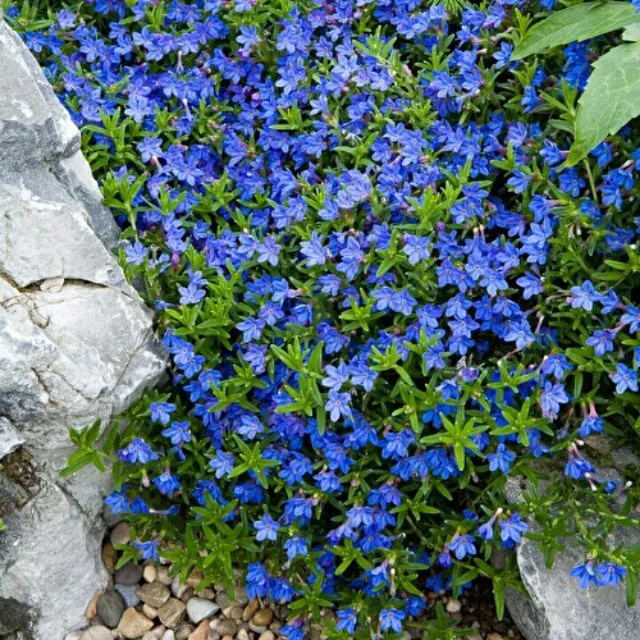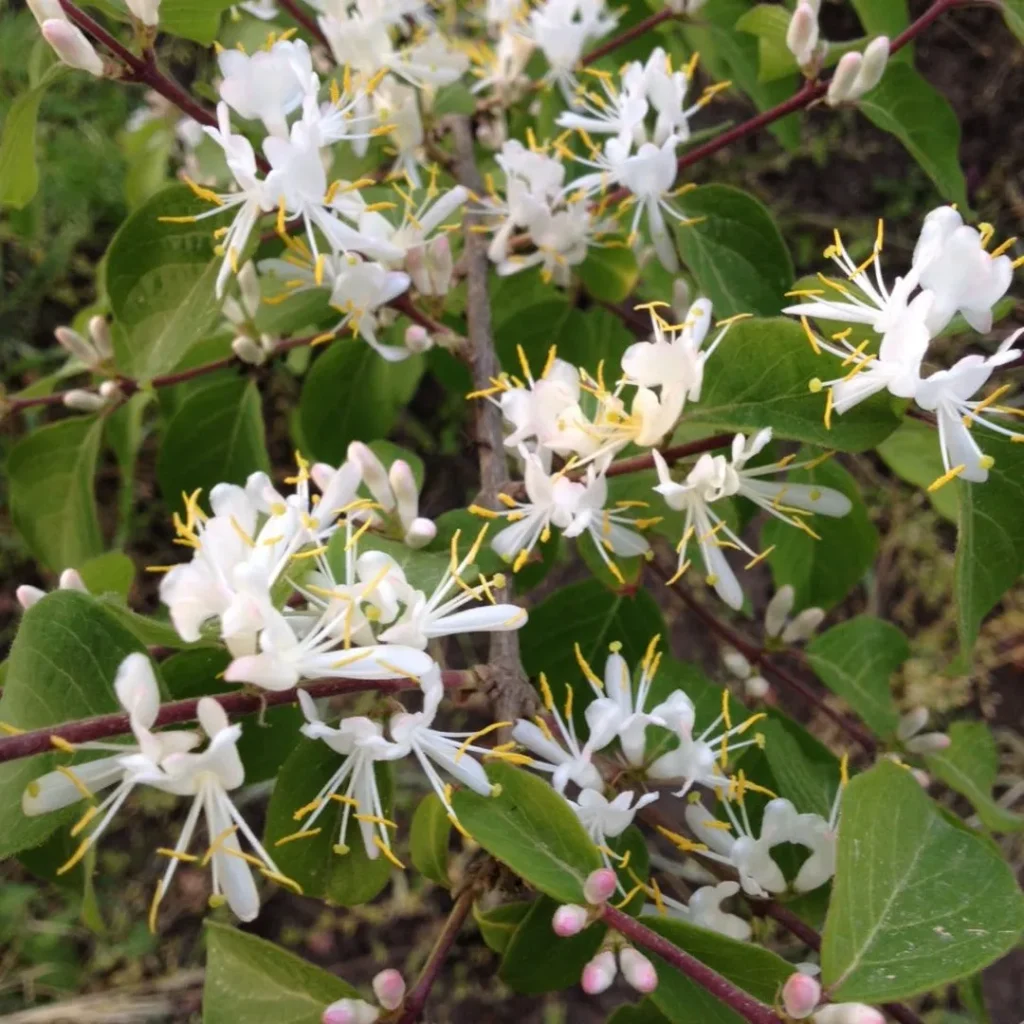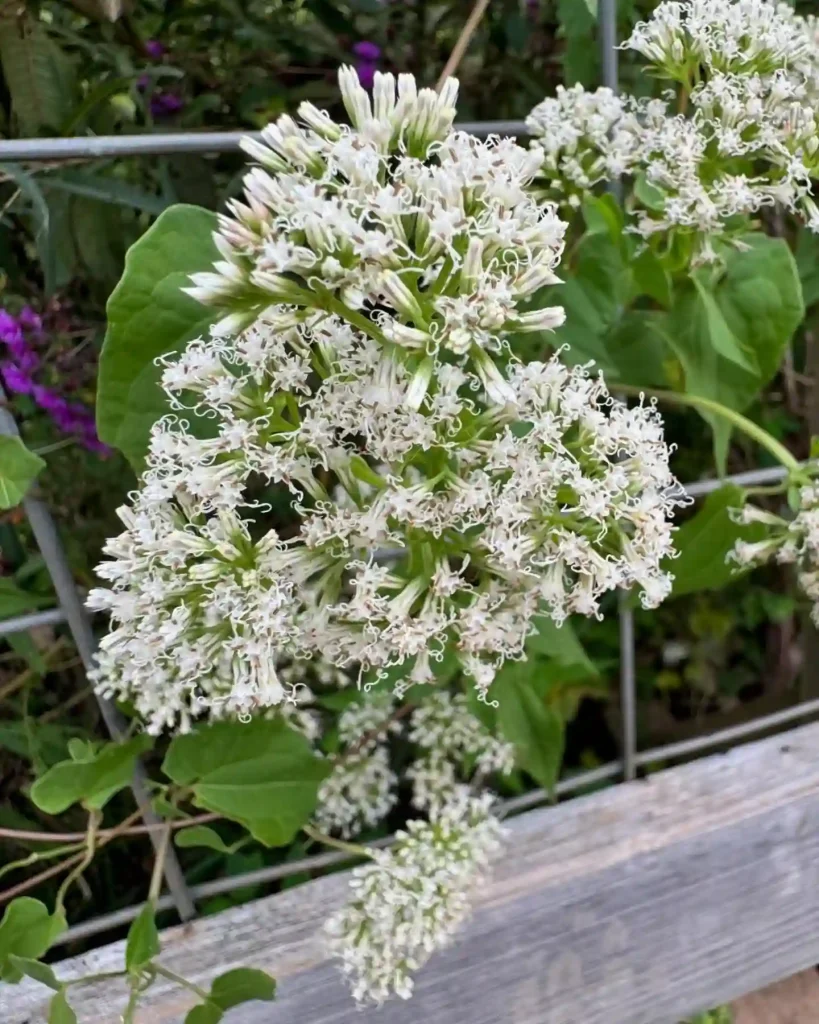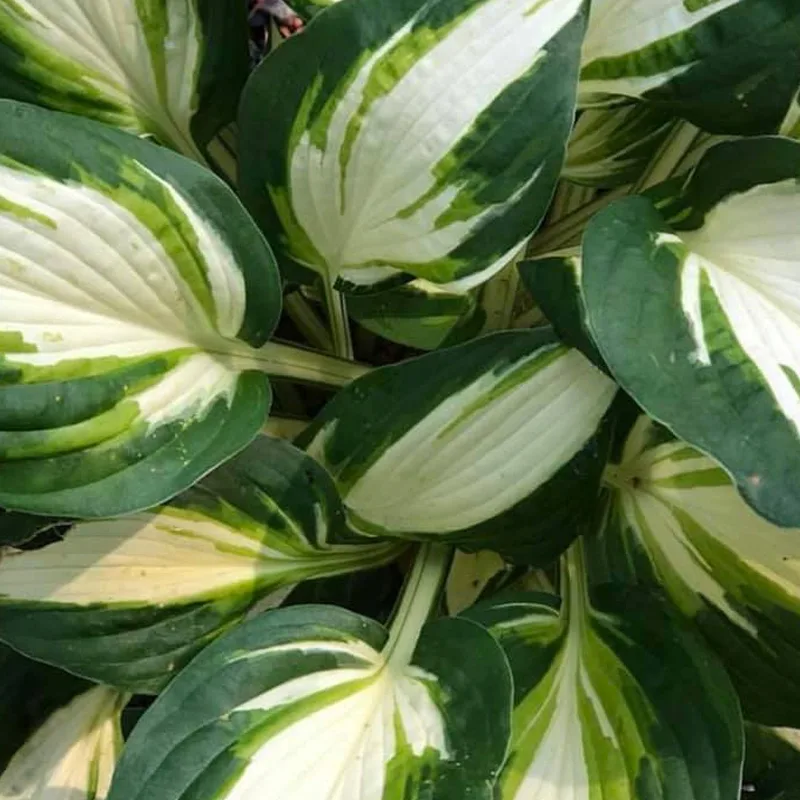Exploring the Cleomaceae Family: A Personal Journey
As an avid plant enthusiast, I often find myself delving into various plant families to understand their unique characteristics and beauty. One family that has particularly captured my interest is the Cleomaceae family. Known for its intriguing plants, the Cleomaceae family includes several genera, with Cleome and Cleomella being the most notable. In this article, I’ll share my exploration of these two genera and what makes them special.
A Closer Look at Cleome
200 Species in Genus Cleome – Spider Flower
The Cleome genus, often referred to as spider flowers, is where my fascination began. These plants are native to tropical and subtropical regions, and their distinct flowers have an enchanting appeal. The flowers of Cleome are characterized by their long, slender petals and prominent stamens, which can make them look like spiders—hence the name.
Growing Cleome
Growing Cleome in my garden has been a rewarding experience. They thrive in sunny locations and prefer well-drained soil, which I’ve learned is crucial for their growth. I’ve planted various species of Cleome, including Cleome hassleriana, known for its vibrant pink and white flowers. One thing I appreciate about these plants is their ability to attract pollinators. When I step into my garden during blooming season, I’m often greeted by butterflies and bees, adding life to my outdoor space.
Maintenance Tips
While Cleome is relatively easy to care for, I’ve learned a few tips that have helped me ensure their success. Regular watering is essential, especially during dry spells. However, I make sure not to overwater them, as they are susceptible to root rot. I’ve found that a good mulching strategy helps retain soil moisture while also suppressing weeds. Pruning spent flowers encourages new blooms, and I’ve often noticed a second flowering period in my garden after doing so.
The Charm of Cleomella
Transitioning from Cleome to Cleomella was an exciting step in my exploration of the Cleomaceae family. Cleomella is less common than Cleome, but it possesses its own unique charm. This genus primarily consists of plants that thrive in arid environments. Their resilience and ability to adapt to challenging conditions have intrigued me as I learn more about them.
Identifying Cleomella
Identifying Cleomella species can be quite enjoyable. They typically have smaller flowers compared to Cleome, but what they lack in size, they make up for in resilience. I particularly admire Cleomella angustifolia, with its slender leaves and delicate flowers that bloom in shades of purple and yellow. These plants often give my garden a wild and natural feel, which I find appealing.
Growing Conditions
Growing Cleomella in my garden has been a bit of a challenge but worth every effort. They prefer sandy or rocky soils, which I’ve learned to emulate in my garden bed. Amending the soil with gravel has helped improve drainage, allowing the plants to flourish. Despite being drought-resistant, I still ensure they receive some water, especially during their early growth stages.
Ecological Importance
Both Cleome and Cleomella play significant roles in their ecosystems. The flowers of Cleome attract a variety of pollinators, which are crucial for biodiversity. In my garden, I’ve noticed how these plants create a habitat for various insects and birds, enriching my garden’s ecosystem.
On the other hand, Cleomella’s ability to thrive in arid environments makes it an excellent candidate for xeriscaping. Incorporating such plants into gardens not only conserves water but also supports local wildlife. I’ve found that having a diverse range of plants contributes to a healthier garden, and both Cleome and Cleomella certainly fit that bill.
Aesthetic Appeal
One of the most rewarding aspects of cultivating plants from the Cleomaceae family is their aesthetic appeal. The vibrant colors and unique flower shapes of Cleome add a striking visual element to any garden. Meanwhile, Cleomella offers a more understated beauty that complements other plants nicely. Mixing both genera in my garden has created a captivating display that draws the eye.
Conclusion
My journey into the Cleomaceae family, particularly the Cleome and Cleomella genera, has been a fulfilling adventure. Each plant offers unique characteristics and beauty, enriching my garden experience. Whether you’re a seasoned gardener or just starting, I encourage you to explore these fascinating plants. Their resilience, ecological importance, and aesthetic appeal can transform any garden space into a vibrant oasis. As I continue to nurture these plants, I look forward to discovering more about their intricate world and the joy they bring to my life.
If i die, water my plants!



